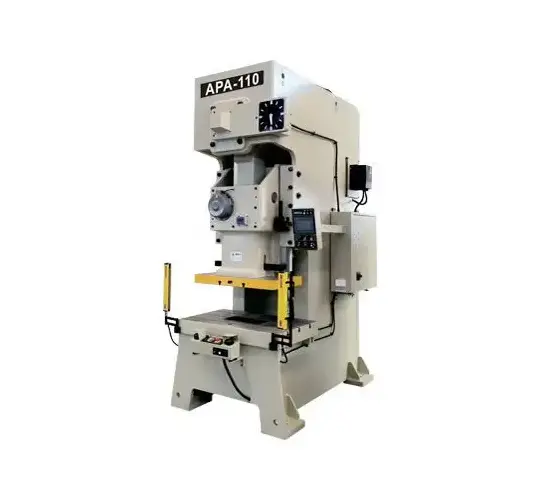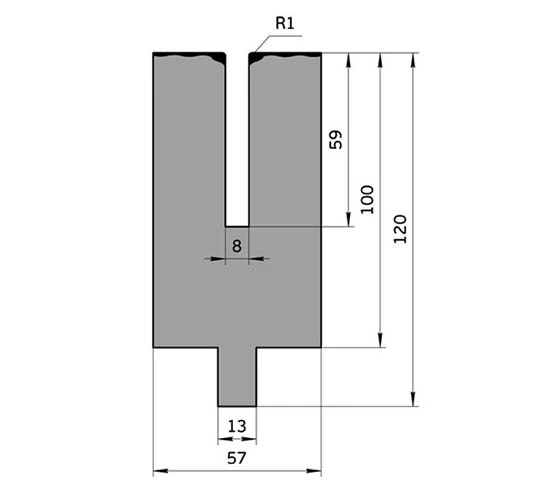Laser cutting machines have revolutionized industries like automotive, aerospace, and manufacturing by offering unmatched precision, speed, and versatility. However, selecting the right machine size is critical to unlocking their full potential. The size of a laser cutting machine directly impacts its ability to handle specific materials, achieve desired precision, and meet production demands, all while fitting within your workshop's constraints. This guide provides a comprehensive look at how to choose the perfect laser cutting machine size, exploring key factors like material types, precision needs, production volume, and available space. By understanding these elements, you'll be equipped to make an informed decision that maximizes efficiency, minimizes waste, and delivers high-quality results for projects of any scale.
Key Factors in Choosing Laser Cutting Machine Size
Material Types and Thickness
The materials you plan to cut are a primary consideration when selecting a laser cutting machine size. Metals like steel, aluminum, or brass often require larger machines with higher wattage to penetrate thicker materials effectively while maintaining clean cuts. For example, cutting 1-inch thick steel typically demands a machine with at least 1000 watts of power. Non-metals, such as wood, acrylic, or textiles, can often be processed with smaller machines using lower power, like a 40-watt laser for 1/4-inch acrylic. Composite materials, such as carbon fiber, may require specialized systems, so ensuring compatibility with your material's properties is essential for optimal performance.
Precision and Detail Requirements
Precision is a critical factor, especially for industries like aerospace, electronics, or jewelry, where intricate designs demand high accuracy. Smaller laser cutting machines, with their fine focus and compact work areas, excel at producing detailed patterns with minimal kerf width. For example, a 60-watt machine can create intricate jewelry designs with exceptional precision. Conversely, applications like construction or large signage, where throughput is prioritized over fine detail, benefit from larger machines capable of handling bigger workpieces efficiently, even if precision is less critical.
Production Volume and Capacity
Your expected production volume directly influences the ideal machine size. High-volume environments, such as automotive parts manufacturing or mass electronics production, require larger machines with expansive work areas to process multiple parts or large batches simultaneously. These machines often feature automated loading systems to minimize downtime and boost productivity. For low to medium production, such as custom signage or prototyping, smaller or medium-sized machines offer sufficient capacity while remaining cost-effective and easier to manage.
Project Scale and Complexity
The scale and complexity of your projects play a significant role in machine size selection. Large-scale projects involving extensive materials or complex geometries demand larger machines capable of accommodating bigger workpieces and intricate designs. For example, aerospace components or architectural elements require machines with substantial cutting beds. Smaller, less complex tasks, such as crafting personalized gifts, are better suited to compact machines that prioritize precision and flexibility over sheer capacity.
Workshop Space Constraints
Available workshop space is a practical consideration that cannot be overlooked. Smaller machines, with footprints as compact as a workbench, are ideal for tight spaces in small workshops or educational settings. Medium-sized machines require moderate space, fitting well in standard workshops, while large machines demand dedicated industrial areas with ample room for material handling and maintenance. Measuring your workspace and factoring in operational and safety requirements ensures the machine integrates seamlessly into your workflow.
Laser Cutting Machine Size Categories and Applications
Small-Sized Machines: Precision and Compact Design
Small-sized laser cutting machines, with work areas ranging from 12" x 8" to 24" x 18" and power between 30 and 100 watts, are perfect for precision-driven tasks in constrained spaces. Their compact design and high-resolution capabilities make them ideal for industries like jewelry making, where intricate engravings are essential, or educational institutions, where they support prototyping and hands-on learning. Small businesses also benefit, using these machines for custom signage or personalized products, leveraging their cost-effectiveness and user-friendly interfaces to deliver high-quality results without requiring extensive space.
Medium-Sized Machines: Versatility for Diverse Needs
Medium-sized machines, with work areas from 24" x 18" to 48" x 36" and power ranging from 100 to 300 watts, strike a balance between precision and capacity. They are well-suited for industries like automotive, where they cut brackets and panels, or signage production, where they handle medium-to-large designs with efficiency. The textile industry also benefits, using these machines to cut patterns in fabrics or leather with speed and accuracy. Equipped with adaptive power settings and automation features, medium-sized machines offer versatility for businesses with diverse or moderately complex projects.
Large-Sized Machines: Power for Industrial Applications
Large-sized laser cutting machines, featuring work areas from 48" x 36" to 100" x 60" or larger and power from 300 watts to several kilowatts, are designed for heavy-duty industrial applications. They excel in aerospace, cutting large, complex components with stringent precision requirements, and in construction, where they process metal sheets and structural elements. These machines support high-volume manufacturing, offering robust construction and large cutting beds to handle extensive materials with minimal downtime. Their high throughput and durability make them indispensable for large-scale operations.
How to Choose the Right Laser Cutting Machine Size
Step 1: Assess Your Project Needs
Begin by evaluating your project requirements, focusing on the materials, precision, and production volume. Identify the types and thicknesses of materials you'll process—metals may require high-powered, larger machines, while non-metals can often be handled by smaller models. Determine whether your projects demand high precision for intricate designs or prioritize throughput for larger components. Assess your production volume to decide if a high-capacity machine or a smaller, more flexible model is appropriate. This analysis ensures the machine aligns with your operational goals.
Step 2: Consider Budget and ROI
Budget is a key factor in machine selection. Smaller machines offer lower initial and operational costs, making them ideal for startups or small businesses. Medium and large machines require higher investments but provide greater productivity and versatility, potentially offsetting costs through increased output or the ability to take on complex projects. Evaluate the total cost of ownership, including maintenance and energy expenses, to ensure the machine delivers a strong return on investment over time.
Step 3: Evaluate Workshop Space
Measure your available workshop space to ensure the machine fits comfortably while allowing room for material handling, maintenance, and safe operation. Small machines are ideal for compact workshops, fitting on workbenches or small shop floors. Medium machines require moderate space, while large machines demand dedicated industrial areas. Planning your workshop layout prevents overcrowding and enhances workflow efficiency.
Step 4: Make a Holistic Decision
Combine insights from your project needs, budget, and space constraints to make an informed choice. Engage stakeholders, such as design engineers or financial managers, to gather diverse perspectives. Leverage tools like simulation software or consult industry experts to predict how different machine sizes will perform for your specific applications. This holistic approach ensures the selected machine supports current needs while accommodating future growth, driving efficiency and sustainability.
Maximizing Efficiency Across Machine Sizes
To optimize performance, adopt strategic practices tailored to your machine size. For small machines, streamline workflows by organizing materials and tools to reduce handling time, and use automation features like batch processing to boost productivity. Regular maintenance and staff training further enhance efficiency. Medium and large machines benefit from advanced automation, such as automatic loading systems, to minimize downtime and increase throughput. Regardless of size, maintaining and calibrating the machine ensures consistent performance, while selecting the right power settings and assist gases improves cut quality and efficiency.
Invest Wisely for Long-Term Success
Choosing the right laser cutting machine size is a critical decision that impacts your productivity, quality, and profitability. By carefully assessing material types, precision needs, production volume, budget, and workshop space, you can select a machine that perfectly aligns with your goals. Whether you're a small business crafting intricate designs or an industrial operation tackling large-scale projects, the right machine size empowers you to achieve exceptional results with minimal waste. Invest wisely, and let your laser cutting machine drive your success in today's competitive manufacturing landscape.
 English
English 日本語
日本語 한국어
한국어 français
français Deutsch
Deutsch Español
Español русский
русский Türkçe
Türkçe português
português العربية
العربية Polska
Polska हिंदी
हिंदी Indonesia
Indonesia



